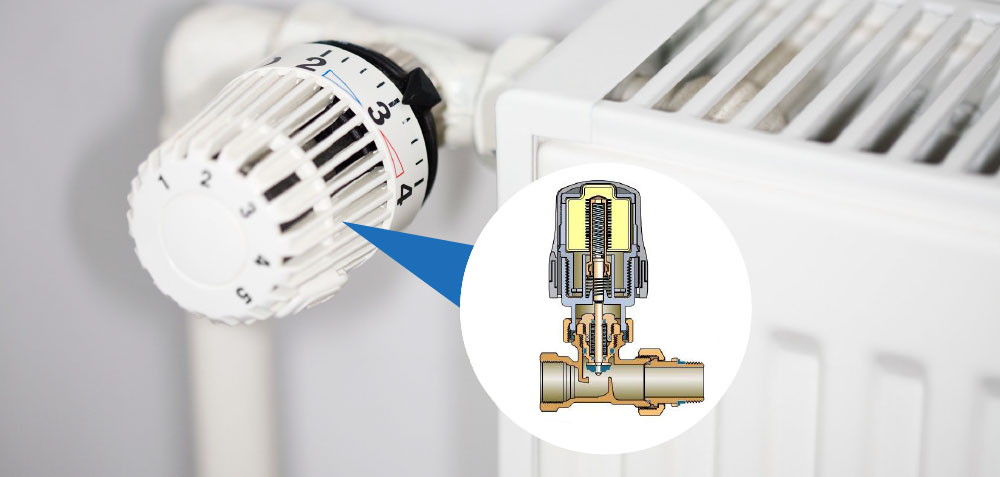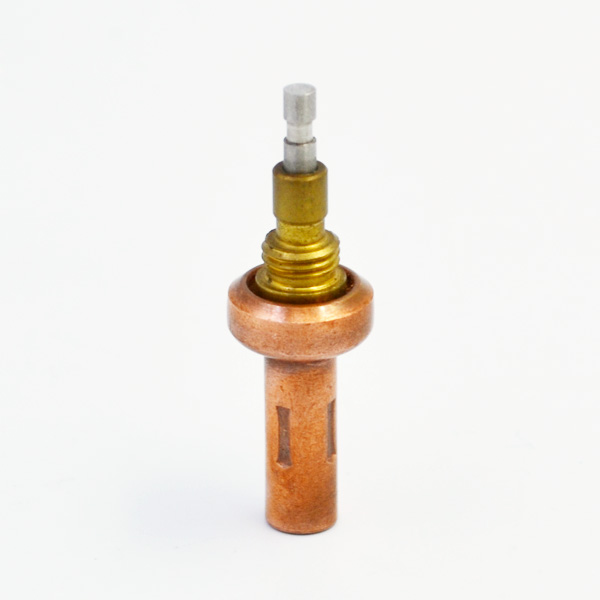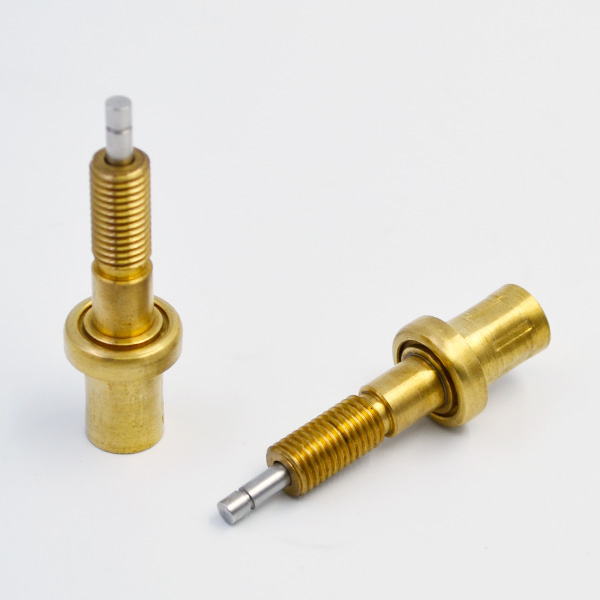This paper introduces the technical principle, technical structure and technical advantages of wind-solar complementarity and wind-solar complementarity, the composition of wind-solar complementary system, the advantages of wind-solar complementary street lamps, and the characteristics of wind-solar complementary controller, wind-solar complementary controller and the working principle of wind-solar complementary controller. Wind-solar complementarity is a set of power generation application system. The system uses solar single crystal silicon panels and wind turbines to store the energy emitted into the storage battery.
When users need electricity, the inverters convert the direct current stored in the storage battery into alternating current, and send it to the user’s load through transmission lines. Wind power generator and solar array are two kinds of power generation equipment to generate electricity together. Power generation part: It consists of a wind turbine and solar panels to complete the conversion of wind-electricity and light-electricity. Storage part: It is composed of many batteries to complete all the electric energy reserve tasks of the system. Wind-photovoltaic complementary controller: it integrates the functions of light-control, time-control and light-off, automatic power tracking, automatic discharge, over-charge and over-discharge protection to control the load in all aspects.

Load part: Because this project does not use inverters, direct use of DC LED lighting as load. Summary of Wind-Solar Complementary Controller.
Wind-solar complementary controller is designed for wind and solar power generation system, which integrates wind energy control and solar energy. Making full use of wind and solar energy resources to generate electricity can reduce the potential shortage or imbalance of power supply caused by the use of a single energy source.
The equipment not only can efficiently convert the energy generated by wind turbines and solar panels to charge batteries, but also provides powerful control functions. It has the functions of light control, time control, power tracking, automatic discharge, over-charge and over-discharge protection, and has stable and reliable performance. By controlling the switch of the LED lamp and monitoring the external environment, the time of turning on and turning off the LED lamp can be controlled. The principle of wind-solar complementary controller. In the wind-solar complementary LED lighting system, the controller mainly includes three parts: wind power control unit, photoelectric control unit and battery charge and discharge control unit.

The control part controls the operation mode and interruption of the wind turbine and solar array according to the change of sunshine intensity, wind power and load, and the charging status of the storage battery. It constantly switches and adjusts the working status of the storage battery group.
On the one hand, it sends the adjusted electric energy directly to the DC load. On the other hand, the surplus power is sent to the battery group for storage. When the power generation can not meet the load demand, the controller sends the battery power to the load to ensure the normal power supply of the load, the safe operation of each part of the system and the continuity and stability of the whole system. The controller is composed of some electronic components, such as resistors, thermostatic element capacitors, semiconductor devices, relays and so on. Simply put, the controller is a “switch”. For the wind power generation part, when the AC generated by the wind turbine is rectified, if the battery voltage is lower than the voltage set by the system, the controller makes the charging circuit connected, and the wind turbine charges the battery. When the battery capacitance rises to the protective voltage, the charging control switch circuit closes, and the wind turbine stops feeding the battery. Charge to avoid battery overcharging.
However, according to the charging characteristics of the battery, the battery voltage will slowly decline at this time. In order to prevent the battery from charging insufficiently, when the voltage drops to a certain value, the charging control switch turns on and recharges the battery automatically. The state will remain until the next charging protection. Control circuit refers to the control circuit of the main circuit, which usually includes detection circuit, driving circuit and protection circuit.

The design of this project is to select PIC16F877A single chip as the control chip. Because of its high computing speed and other performance, and its price is lower than that of the advanced signal processor (DSP), PIC16F877A single chip is widely used. The I/O port has strong driving capacity, and the output pin can drive the load of 20-50mA. In addition, PICI6F877A microcontroller also has simple external circuit, strong driving ability, simple addressing space design, code voltage wind-solar complementary controller needs real-time detection of solar panel output voltage, wind turbine rectifier output voltage, battery terminal voltage, photovoltaic charging current and wind power charging current. It can realize control function. Wind-solar complementary street lamp controller uses the photovoltaic effect principle of solar cells, solar cells absorb solar photon energy during the day to generate electricity, which is stored in the battery through the controller.
When night falls or the light around the photovoltaic panel is low, the battery supplies power to the light source through the controller, and is cut off after setting a certain time. This paper focuses on the introduction of wind-solar complementary LED lighting system.

The system uses solar single crystal silicon cells and wind turbines to store the energy generated into the battery group. When users need electricity, the inverters convert the direct current stored in the battery group into alternating current, and send it to the user’s load through the transmission line. This design provides ideas for the corresponding system design.
